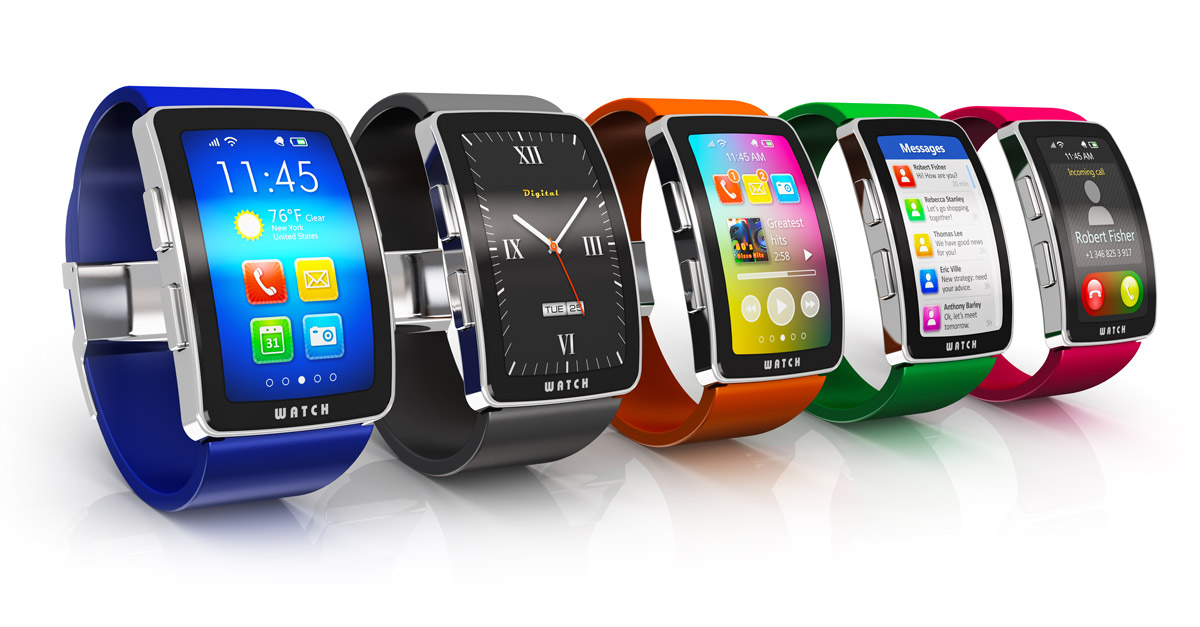We have come a long way from the old “I’ve fallen and can’t get up” pendants of the past, which worked only at home with a base unit connected to a telephone landline.
Nowadays, with dramatic advances in mobile and internet communications, new systems work wherever you are, monitor all parts of your house, and help you manage your daily life. You can now monitor yourself and your home whether you are in your home, at the grocery store, or even in another state.
The integration of personal technology, with home sensor systems, the internet, voice activation and advanced video opens a whole new world that can allow you to stay in your home longer. It can also comfort your loved ones and care givers with the knowledge that you are safe and sound.
Today’s Smart home technology provides options than run the gamut from basic alerts to sophisticated computer-controlled network interfaces. Some of the monitoring or safety devices that can be installed in a home include lighting and motion sensors, environmental controls, video cameras, automated timers, emergency assistance systems, communication systems, health monitoring and alerts.
The system you choose can be simple or complex; the menu of choices is long, and you can order to fit your own appetite. If your fingers aren’t as nimble as they once were you might want voice activated controls. If your eyesight is failing, large screen readouts are available. And, if you tend to forget things you can set reminder messages. You can also choose how much you wish to integrate your new systems with loved ones and care givers so they can lend a helping hand and “be there” when you need it. While today’s technology is complex, using it can be simple and it can make your life easier – and you don’t have to be a whiz at computers to make it all work for you.

Surrounded by Sensors
There is now a new generation of monitoring systems that don’t require the person being monitored to wear a device. Rather, a network of in-home sensors connects to a cloud-based algorithm that learns your daily living patterns and can recognize any deviation. If something happens that is out of the ordinary, it can send an alert, via smart phone or the internet, to a loved one or care giver who can take action if necessary.
In broad terms some of the behavior patterns that these sensors can monitor include:
- Your location within your home
- Your bedtime and awakening time
- Mealtimes
- When you leave and return to your home
- What lights you are using
- When you watch television and what you watch
- When you cook and whether you are cooking
- When you use the bathroom
- Whether you have taken your medication
- Temperature of heating and air conditioning and adjustments
Drilling Down: Sensor Specificity and the Role of Sensors
Here’s how sensors can help seniors age in place:
Fall Detection and Prevention
- Motion Sensors: Can detect unusual movements that might suggest a fall or other emergencies.
- Pressure Mats: Placed on the floor near the bed or bathroom, they can alert caregivers if a person falls.
Medical Monitoring
- Wearable Devices: Keep track of vital statistics like heart rate, sleep quality, and activity levels. Some can even detect irregular heartbeats.
- Medication Reminders: Sensors in pill dispensers can remind seniors to take their medications and alert caregivers if the medications are not taken on time.
Safety Measures
- Smoke and Carbon Monoxide Detectors: Advanced sensors can be connected to smartphones, alerting not just the residents but also remote caregivers.
- Water Sensors: Placed near water outlets, these can alert individuals to leaks or flooding, which can be especially helpful if the senior has mobility issues.
Security
- Door and Window Sensors: Notify residents or caregivers if a door or window is opened unexpectedly.
- Video Surveillance: Combined with facial recognition, these can detect unknown individuals and notify appropriate parties.
Daily Living
- Lighting: Motion sensors can control lighting, reducing the risk of falls in low-light conditions.
- Temperature Control: Smart thermostats can ensure a comfortable living environment, which is particularly important for seniors who may be sensitive to extreme temperatures.
- Grocery and Supply Replenishment: Some smart refrigerators can detect when certain items are low and can automatically place an online order.
Social Connectivity
- Voice-Activated Assistants: Can help seniors make phone calls, set reminders, or ask for information without needing to navigate complex devices.
- Check-in Systems: Simple sensors or apps can be used to signal that the senior is okay, maintaining their independence while giving family members peace of mind.
Cognitive Support
- Orientation Aids: Some sensor systems can help guide individuals with cognitive decline through their daily routines.
- Anomaly Detection: Some systems can detect abnormal patterns in behavior or vitals, which may be early indicators of health issues.
Benefits to Caregivers and Family
- Remote Monitoring: Sensors can send data to caregivers or family members, allowing for real-time updates and peace of mind.
- Emergency Alerts: In many systems, caregivers or emergency services can be automatically contacted in the event of an anomaly such as a fall or unexpected entry.
By integrating these kinds of technologies into the homes of seniors, the elderly population can maintain their independence and continue to live in familiar environments, reducing the need for institutionalized care. This not only enhances their quality of life but also provides comfort and peace of mind for their loved ones.

Other Home Technology that will Serve You
Technology has made significant strides in recent years to help individuals age in place safely and comfortably. Some recent advances in technology that can support you as you grow older include:
Smart home technology:
- Voice-activated assistants like Amazon Alexa or Google Assistant enable hands-free control of lights, thermostats, and appliances.
- Smart lighting systems can adjust the brightness based on the time of day or presence in a room.
- Smart thermostats can learn your preferences and adjust the temperature accordingly.
Health monitoring and telemedicine:
- Remote patient monitoring systems can track vital signs, medication adherence, and other health-related data, which can be shared with healthcare providers.
- Telemedicine platforms enable virtual consultations with healthcare professionals, reducing the need for in-person visits.
- Wearable devices can monitor your activity levels, heart rate, and sleep patterns, providing insights into your overall health.
Fall detection and prevention:
- Wearable devices with built-in fall detection can send alerts to caregivers or emergency services.
- Smart flooring can detect unusual walking patterns, providing early warning signs of potential falls.
Medication management:
- Mobile apps can send medication reminders, track side effects, and provide guidance on proper administration.
Communication and social engagement:
- Video calling platforms like Zoom or FaceTime can help you stay connected with friends and family, combating feelings of isolation.
- Social media platforms and online forums can provide opportunities for engagement with others who share your interests.
Home safety and security:
- Smart locks and security systems can be controlled remotely, allowing you to grant access to caregivers or family members.
- Video doorbells and security cameras can help you monitor your home’s exterior and communicate with visitors without opening the door.
Robotics and automation:
- Robotic vacuum cleaners and mops can help maintain a clean living environment with minimal effort.
- Robotic companions, like the ElliQ or Care-O-bot, can provide social interaction, cognitive stimulation, and assistance with daily tasks.
These technological advances can help you maintain your independence, safety, and well-being as you age in place. However, it’s essential to choose solutions that best fit your needs and preferences, as well as consult with healthcare professionals and caregivers to ensure they are integrated effectively into your care plan.
Is Oversight Worth It? Where Do You Draw the Line
There is little question that these technological advances have brought a new era of safety and security. They can also allow Seniors to continue to remain in their homes for longer. In many cases, they will decrease the need for on-site caregiving. In virtually all cases they will give your loved ones peace of mind that you are safe and secure. And, if you are not, care givers will be notified so they can take appropriate action. The trade-off is that you may find this new technology intrusive. Only you can answer the question of whether remaining in your home is worth this level of monitoring and oversight.







